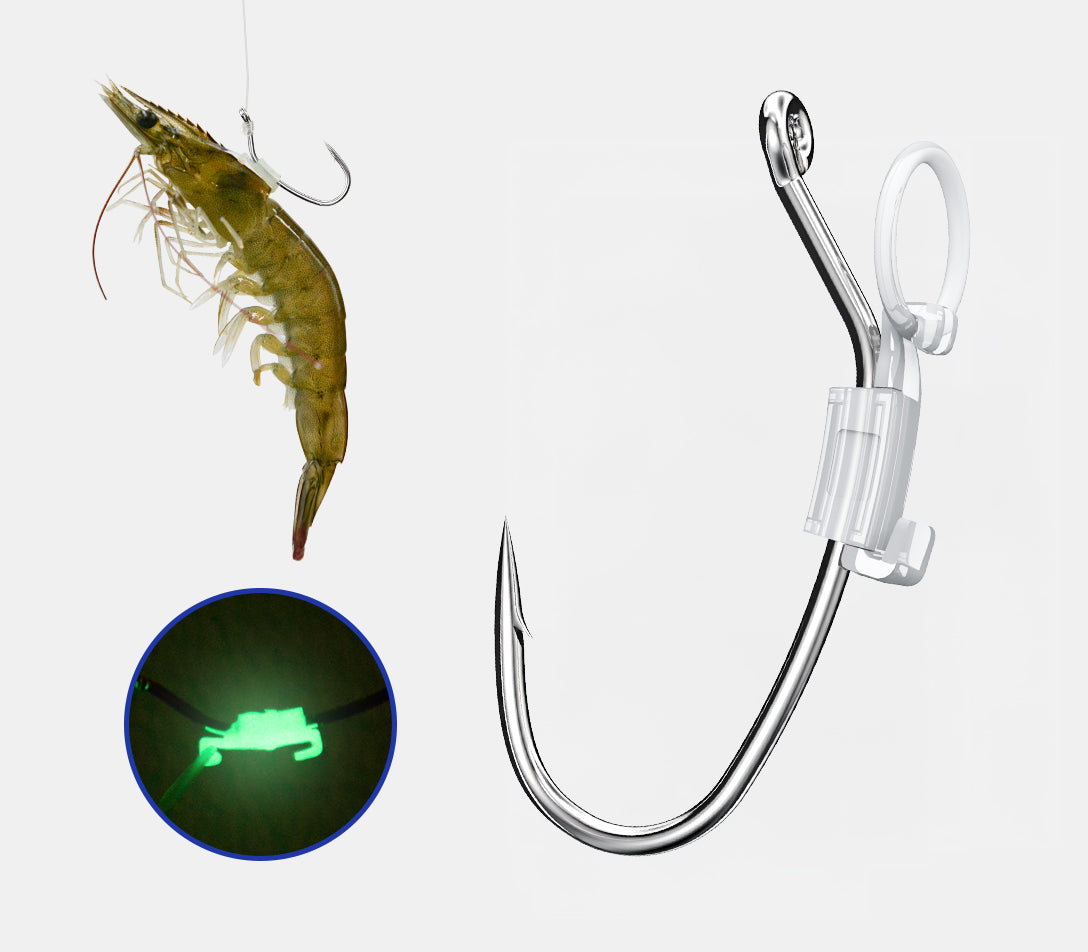As a beginner, fishing doesn’t have to drain your bank account. There are plenty of ways to enjoy the sport while keeping costs down. We'll help you make the most of every dollar—from finding budget-friendly starter gear to locating nearby spots where you can fish for free.
Basic Fishing Gear for Beginners
New to fishing? Don't worry about buying everything at once. Here's exactly what you need to start fishing with confidence, without overwhelming your wallet:
| Equipment Type | Item Details | Price Range |
| Rod & Reel | 6-foot medium-action spinning combo | $30-50 |
| Basic Hooks | Size 6 and 8 hooks (pack of 20) | $3-5 |
| Weights | Split-shot variety pack | $3-5 |
| Bobbers | Pack of 3-5 plastic bobbers | $4-6 |
| Fishing Line | 8-10 pound monofilament | $5-9 |
| Basic Lures/Bait |
|
$15-25 |
| Storage | Plastic container with dividers | $10-15 |
| Fishing licenses |
|
$10 - $70 |
| Total Cost | Everything you need to start | $80-185 |
Why these choices work for beginners:
- A spinning rod and reel combo is the easiest to learn with and the most versatile
- A mix of live bait and artificial lures you options for different situations
- Basic plastic worms and jigs are proven fish-catchers that won't break the bank
- Live bait like worms work for almost any fish species
Keep your gear working longer by rinsing after use and storing in a dry place. Start with a few basic lures and live bait - you can always add more as you learn what works best in your local spots.
Fishing on a Budget: 6 Tips to Save Money
Fishing doesn't have to drain your wallet. Let's explore how to enjoy fishing while keeping costs down - you might be surprised to learn that you can get started for under $100.
1. Find the Best Deals on Gear ($60-95 Starter Kit)
A basic spinning rod and reel combo costs around $30-50, and essential tackle runs about $20-30. Look for sales during the off-seasons (October-November) or pre-season (February-March). Storage solutions are affordable at $10-15 - a simple plastic container works great for organizing hooks and lures. Check clearance sections in sporting goods stores, online marketplaces, and local fishing shops for deals on these basics.
2. Save on Fishing Licenses and Permits ($10-45)
Daily licenses cost $10-30, while annual permits run $60-180. Take advantage of free fishing days in your state - most offer 2-4 days per year. If you're a senior, student, or military member, you can often get up to 50% off. Youth under 16 typically fish for free, and annual licenses become cost-effective if you plan to fish more than 3-4 times a year.
3. Try Budget-Friendly Fishing Methods (Under $20)
Store live bait properly to make it last longer. A bait bucket with an aerator can be had for around $15. Smart baits may be a little more expensive upfront, $60-120 each, but will go through many trips. Worms are a pretty simple setup costing $3 to $5 per dozen. Basic lures work just as well as the higher-priced ones.
4. Fish with Other Anglers (Save 40-60%)
Join local fishing clubs that usually offer annual memberships from $20-30 and offer discounts for its members on gear and workshops. Split the boat rental cost among friends, and then a $100-200 daily rental equates to a very reasonable $25-50 per person. Supplies bought in bulk and shared cut individual costs by half.
5. Save On Transportation (Cut Costs by 50-75%)
Local fishing spots save gas money, while carpooling can cut transportation costs by 50-75%. A bike rack for your fishing gear costs about $20-30 but pays for itself quickly. When traveling further, coordinate with 3-4 other anglers to share fuel costs, typically saving $15-25 per person per trip.
6. Reach Your Fishing Spots for Less ($2-55)
Skip the long drives and save money getting to your fishing spots. Local parks and community ponds are completely free, while public transit day passes run just $2-5. For nearby locations, a basic bike setup (rack and backpack: $35-55 total) pays for itself in just a few trips. Most parking fees at fishing spots cost $5-10, but early birds often park free. The real secret? Some of the best fishing happens right in your neighborhood, where getting there costs nothing at all.
Successful fishing relies more on skill and patience than on expensive gear. Smart spending can let you enjoy this rewarding hobby without breaking the bank, as most beginners can get fully equipped and licensed for an initial investment of around $150-200.
Start Fishing Without Breaking Your Budget
You don’t need to shell out a ton of cash to enjoy fishing. That’s the big takeaway here. By making smart gear choices, finding free spots to fish, and connecting with fellow fishing enthusiasts, you can dive into the hobby without spending too much. Begin with the basics, take good care of your stuff, and learn from local fishing communities. Whether you’re new to fishing or just looking to cut back on expenses, there are plenty of ways to save money while still having a blast on the water.















